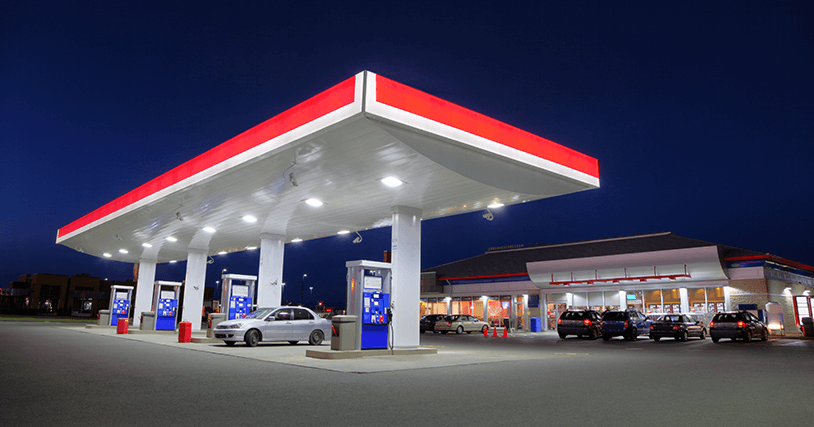
Apart from a few changes through the years, many convenience stores have operated in much the same way for decades. Yet the pandemic exposed a jarring reality: “Doing things the way we’ve always done them,” is no longer sufficient for sustained success. That theme reverberated over four action-packed days at the National Association of Convenience Stores (NACS) Show—the global trade show for convenience and petroleum retailers held in October in Las Vegas.
Here are three steps experts advised C-stores and fuel retailers take to become more forward-thinking and proactive in embracing technology to adapt to market changes and meet evolving customer expectations:
-
Take stock of where you are today. Before you can break free from well-worn patterns, you must first take stock of where each specific location stands today in terms of baseline operations. Are EMV credit card payments processed at both the checkout AND the forecourt? Are employees consistently complying with industry regulations requiring age verifications and tank gauge reporting? What types of point of sale (POS) systems are in place? By first documenting all customer-facing touchpoints and employee operational processes, you can define your starting line.
-
Reimagine the store’s future. Research what’s possible when it comes to having a bold new customer experience. How might technology enable you to better engage customers, create a more efficient shopping experience, and streamline processes? A major hurdle in the C-store industry is trying to convert the fuel patron into a retail patron. While the C-store industry has the benefit of a strong geographic footprint, the store size is considerably smaller than other competing industries, such as grocery, dollar stores, and QSRs, who are also aggressively competing to fulfill the customer’s need for convenience.
Consider whether customers are eager for more frictionless mobile checkout options; or if deeper data analytics might improve product positioning, promotions, and margins. Also think about potential new service offerings, like food or product delivery. As you explore options, be sure to include any emerging innovations, like electric vehicles, that will soon impact C-stores and retail petroleum operations everywhere and provide a competitive advantage for early adopters.
-
Create a 10-year roadmap… and then update it every year. While 10 years may seem unreasonably long term, many investments in the C-store last for decades. How you build the C-store today may significantly impact your ability to support critical initiatives (e.g., EV charging, connected cars) in the future. With a frank assessment of current store capabilities and a reimagined future, you can build a long-term roadmap, broken down into shorter term milestones.
For example, you may focus on deploying a robust loyalty program with an app that supports mobile checkout not only at the pump but anywhere else—both “on-“ and “off-“ the premises. You may decide to expand payment options far beyond credit cards to encompass PayPal and Venmo; then use data from digital wallet transactions to help you understand buying behavior at a more granular level. You may pursue “demand planning” technology with predictive analytics that enable you to improve forecasting and handle challenges such as labor, supply chain, and inventory. You may map out a plan to use wireless sensor technology to trace food shipments, monitor temperatures, prevent contamination, improve food safety and safeguard public health. You should also put a solid electric vehicle charging business model in place to support the scenario of widespread usage.
Every roadmap will look different depending on a variety of market factors but taking the time to map out where you are headed is critical for the future of your business.
Not only can these steps enable you to establish a path for long-term success, but they can also be revisited again and again as necessary, depending upon how the C-store or petroleum retail market changes down the road.